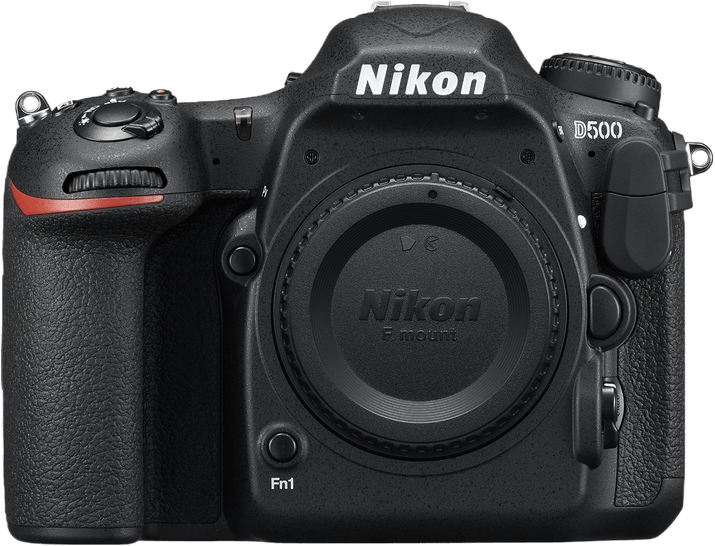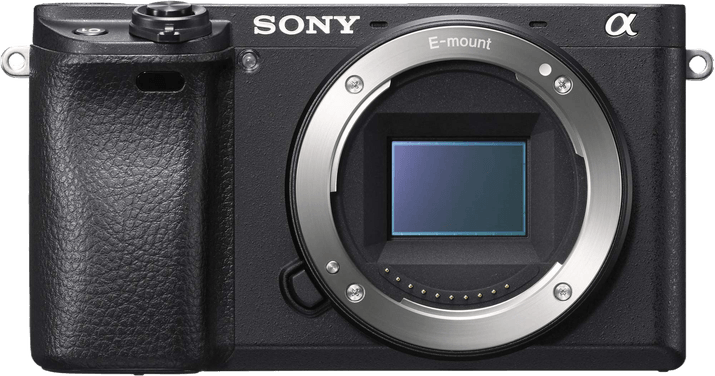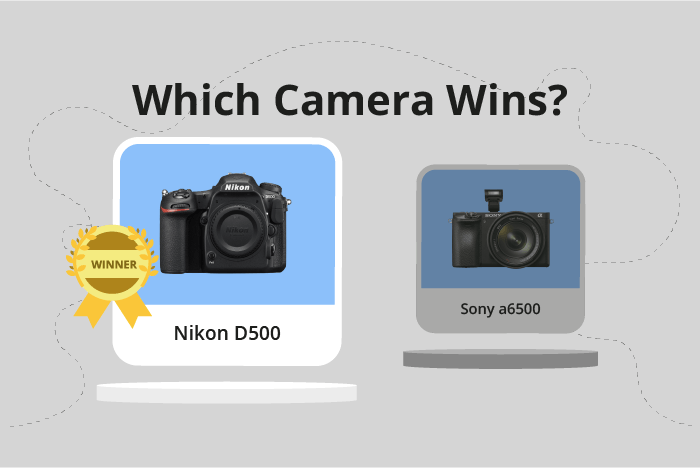Nikon D500 vs Sony a6500 Comparison
Nikon D500

Sony a6500

The Nikon D500 outperforms the Sony a6500 with a score of 75/100 compared to 72/100. Both cameras were released in 2016, with the D500 being a DSLR and the a6500 a mirrorless camera. They share some similarities in specifications, but each has its strengths.
The Nikon D500 excels with its larger size (147x115x81mm) and heavier weight (860g), offering a more robust and professional feel. Its higher score reflects its superior performance in various aspects.
On the other hand, the Sony a6500 has a smaller size (120x67x53mm) and lighter weight (453g), making it a more portable option. Additionally, it has a lower launch price of $1400 compared to the D500’s $2000.
Taking these factors into account, the Nikon D500 is the better choice for those seeking a high-performing, professional camera, while the Sony a6500 suits those who prioritize portability and affordability.
Nikon D500 vs Sony a6500 Overview and Optics
The Sony a6500 emerges as the winner in the optics comparison with a score of 74/100, while the Nikon D500 scores 69/100. Both cameras share several common features, including a CMOS sensor, APS-C sensor size, and similar megapixel counts (24.2 for the Sony a6500 and 20.9 for the Nikon D500).
The Sony a6500 outperforms the Nikon D500 in several aspects. It has a higher shooting speed of 11 frames per second, compared to the Nikon D500’s 10 frames per second. The Sony a6500 also has a slightly better DXOMARK sensor score of 85, compared to the Nikon D500’s score of 84. Additionally, the Sony a6500 offers image stabilization, which the Nikon D500 lacks, making it a more versatile option for shooting in various conditions.
The Nikon D500, however, has its own advantages. It uses the Nikon F DX lens mount, which allows for compatibility with a wide range of Nikon lenses. This can be beneficial for photographers who already have an investment in Nikon lenses or prefer the selection offered by the Nikon ecosystem.
In comparing the optics of the Nikon D500 and the Sony a6500, the Sony a6500 proves to be the better choice due to its higher shooting speed, better DXOMARK sensor score, and the presence of image stabilization. The Nikon D500, while not as strong in these areas, still offers the advantage of compatibility with a wide range of Nikon lenses. Ultimately, the decision between these two cameras should be based on individual preferences and requirements, but the Sony a6500 holds a slight edge in optics performance.
Nikon D500 vs Sony a6500 Video Performance
The Sony a6500 emerges as the superior camera for video capabilities, with a score of 77/100 compared to the Nikon D500’s 70/100. Both cameras share the same maximum video resolution of 4K and video dimensions of 3840 x 2160, indicating that they are capable of capturing high-quality video footage.
The Sony a6500’s higher score is primarily due to its impressive maximum video frame rate of 120fps, whereas the Nikon D500’s maximum frame rate is only 30fps. This significant difference allows the a6500 to capture smoother, more detailed slow-motion footage, providing users with greater creative flexibility in their video projects.
However, the Nikon D500 has one advantage over the Sony a6500: its built-in time-lapse functionality. This feature enables users to create stunning time-lapse videos without the need for additional equipment or software. Although this is a valuable feature for certain projects, it does not outweigh the benefits offered by the Sony a6500’s higher frame rate.
Taking these factors into consideration, the Sony a6500 stands out as the better choice for video capabilities due to its superior maximum frame rate. The Nikon D500, while still a strong competitor, falls short in this aspect, but offers the advantage of built-in time-lapse functionality. Ultimately, users should weigh the importance of slow-motion footage and time-lapse capabilities when deciding between these two high-quality cameras.
Nikon D500 vs Sony a6500 Features and Benefits
The Nikon D500 outperforms the Sony a6500 with a feature score of 87/100 compared to Sony’s 81/100. Both cameras share several specifications, such as touchscreen, flip screen, GPS, WIFI, and Bluetooth capabilities. However, the Nikon D500 excels in certain areas, making it the superior choice in terms of features.
One of the standout differences between the two cameras is the screen size and resolution. The Nikon D500 boasts a larger 3.2-inch screen with a higher resolution of 2,359,000 dots. In comparison, the Sony a6500 has a smaller 3-inch screen with a lower resolution of 921,600 dots. The Nikon D500’s larger and more detailed screen provides a better user experience for photographers to view and compose their shots.
Despite the higher feature score of the Nikon D500, the Sony a6500 has its advantages. Both cameras have a flip screen, but the Sony a6500 is lighter and more compact, making it easier to carry and handle during a photography session. This can be beneficial for those who prioritize portability and ease of use.
Taking all factors into consideration, the Nikon D500’s superior screen size and resolution contribute to its higher feature score. The Sony a6500, while slightly more portable, does not offer the same level of display quality. Therefore, the Nikon D500 stands out as the better choice for photographers seeking advanced features and an enhanced user experience.
Nikon D500 vs Sony a6500 Storage and Battery
The Nikon D500 outperforms the Sony a6500 in storage and battery capacity, scoring 79/100 compared to the Sony a6500’s 21/100. Both cameras have SD / SDHC / SDXC memory card compatibility, but the Nikon D500 also accepts XQD cards and has two memory card slots, while the Sony a6500 only has one slot and accepts Memory Stick Pro Duo cards.
The Nikon D500’s battery life is superior, providing 1240 shots per charge, whereas the Sony a6500 only offers 350 shots. Both cameras use different battery types, with the Nikon D500 using the EN-EL15 and the Sony a6500 using the NP-FW50. Neither camera has USB charging capabilities.
The Nikon D500’s longer battery life and additional memory card slot make it a better choice for photographers who require extended shooting capabilities and storage flexibility. The Sony a6500 may be suitable for casual photographers who prioritize compactness and do not require extended battery life or storage options.
Nikon D500 vs Sony a6500 – Our Verdict
Are you still undecided about which camera is right for you? Have a look at these popular comparisons that feature the Nikon D500 or the Sony a6500:

